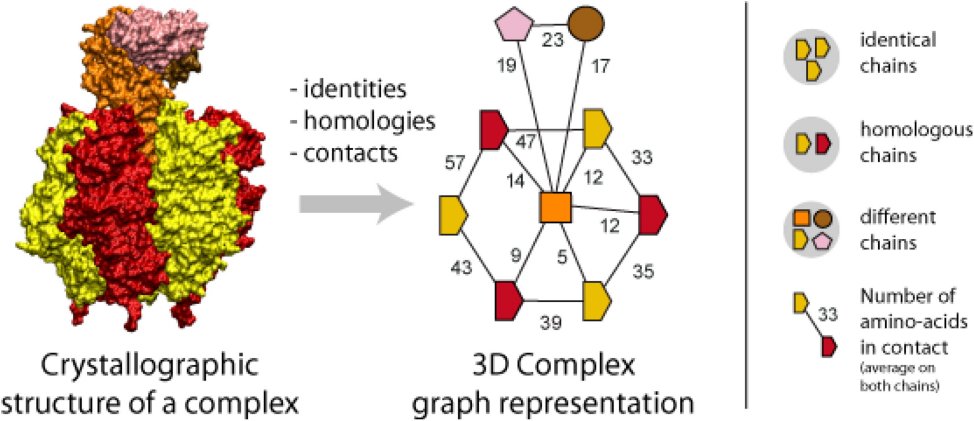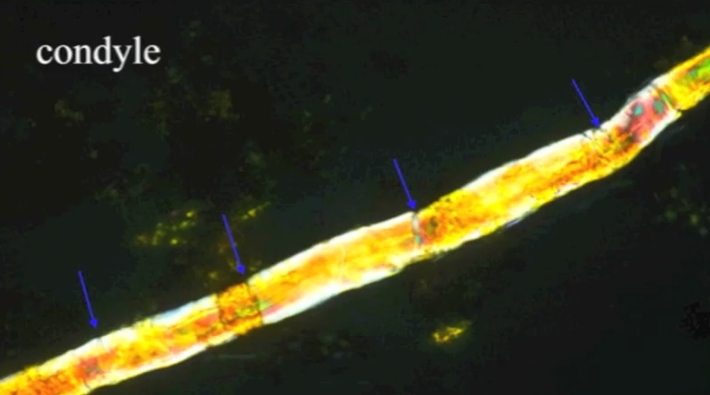
Why would you even think of using the Bible for science? It isn’t a scientific book!
It turns out that Discovering Design with Earth Science has two answers to that question. I shared them with him, and I thought I would share them with you as well. In the book, I present both sides of the age-of-the-earth issue in as unbiased a way as possible. I start with the uniformitarian view, which requires a very old earth. I then present the young-earth creationist view. The first answer to the atheist’s question is found at the beginning of that discussion:
Suppose you are examining the ruins of an ancient city and want to learn as much as you can about when it was built, how it was built, and how it fell into ruin. You see some of the remains of buildings, streets, walls, etc., but nothing has been preserved intact. You can learn a lot by investigating the ruins, but your conclusions will be based on your interpretation of what you see. Now suppose you found out that there was a book written shortly after the city was built, and it discusses the politics of the city for several centuries. While the focus of the book is on the government, it does cover many aspects of how and when the city was built.
Would you completely ignore the book and just examine the ruins, relying on your own interpretation to determine the city’s history? Of course not! If you wanted to learn the truth about the city’s history, you would read the book and let it help you interpret the ruins that you are investigating. This is how young-earth-creationists (YECs) study the geological record. They believe they have a book (the Bible) that comes from the Creator Himself. While the book focuses on more important things like salvation, morality, and our duties to God, it does discuss the creation of the universe, the earth, the organisms that lived on earth, etc. Since YECs consider the Bible to be an accurate source of history, they use it as a guide to studying the “ruins” of the geological column and fossil record. There’s a lot more to the history of the earth than what is in the Bible, but at least the Bible gives YECs a starting point to help their interpretation of the geological record.
The second answer to the atheist’s question comes from my discussion of the surface currents found in the ocean. While others had mapped some of those currents (Ben Franklin, for example, mapped the Gulf Stream), the man most responsible for mapping the ocean’s surface currents was Matthew Fontaine Maury, who is pictured above. He was inspired to search for the “paths of the seas” that are mentioned in Psalm 8:8, and after an exhaustive research effort, he ended up producing a detailed map of those currents. This revolutionized ocean travel, so he became quite famous in his time. He ended up writing a very important text on oceanography (what they called “physical geography” back then): The Physical Geography of the Sea. In that book, he references the Bible several times. In my earth science book, I tell the students all of this and then I add:
Many scientists didn’t like that and tried to discourage him from connecting the Bible to science. In a speech given at the founding of The University of the South, he gave those scientists a stern rebuke:
I have been blamed by men of science, both in this country and in England, for quoting the Bible in confirmation of the doctrines of physical geography. The Bible, they say, was not written for scientific purposes, and is therefore of no authority in matters of science. I beg pardon! The Bible is authority for everything it touches.
(Diana Fontaine Corbin, A Life of Matthew Fontaine Maury, Samson, Lowe, et. al., 1888, p. 192)
Young-earth creationists like me really believe that. The Bible is an authority when it comes to all the important things of life: salvation, morality, our duties to God, etc. However, because it was written by the Creator Himself, we believe it is an authority in whatever it mentions, including science.









